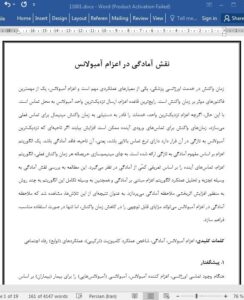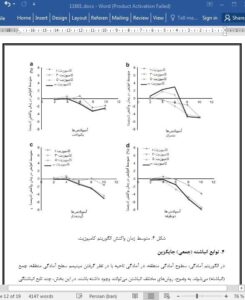Response time in the emergency medical service is an important performance measure and ambulance dispatching is one of the most important factors affecting the response time. The most commonly used dispatching rule is to send the closest available unit to the call site. However, though dispatching the closest unit enables the service to achieve the minimal response time for the current call, the response times for the next incoming calls may increase if the area where the closest ambulance is currently located has a high call rate, that is the area becomes ill-prepared. A dispatching algorithm based on the preparedness concept was recently proposed. Rather than greedily minimizing each current response time, the dispatching algorithm takes account of future calls by a quantitative definition of preparedness. This study investigates the role of preparedness by examining the performance of the preparedness-based dispatching algorithm as well as by evolving the algorithm in several ways in order to magnify the effectiveness of preparedness consideration. As a result of these efforts, it is found that the consideration of preparedness in ambulance dispatching can provide significant benefits in reducing response time but only when appropriately used.
1. Introduction
When there is an emergency call, an ambulance dispatcher dispatches an ambulance(s) to the patient(s) based on the information gathered such as urgency and medical needs. Response time in the emergency medical service is the time elapsed after an emergency call until an ambulance reaches the patient. The response time has been used as an important performance measure since it directly affects the survival rate in critical emergency situations. For example, after the occurrence of a cardiac arrest, the reduction of every 1 min in response time increases the survival rate by about 10% (BBC News, 2002). To account for the importance of the response time, the fraction of calls whose response time is within a certain time limit is commonly used as the performance indicator. The United State Emergency Medical Services Act provides some standards on the response time: 95% of calls should be responded within 10 min in urban areas while in rural areas within 30 min (Ball and Lin, 1993).
5. Conclusions and future work
The consideration of preparedness in ambulance dispatching can provide significant benefits in reducing response time beyond the conventional rule of dispatching the closest ambulance, when preparedness is appropriately used. First, preparedness should be used combined with greediness used in the conventional rule, to consider both current (greediness) and future (preparedness) calls. While dispatching decisions only based on preparedness seriously degrade the performance, the composite performance indicator combining preparedness with greediness leads to even better performance than the conventional rule. Second, the function that aggregates preparedness distribution of service area should be capable of quantifying the preparedness level of the entire service area. The Misery, Sen, and Dagum welfare functions are all plausible candidates with such a capability, exhibiting desirable performance in various operating environments. Average function incorporates only partial information of preparedness distribution of service area, leading to the performance even worse than conventional rule.











